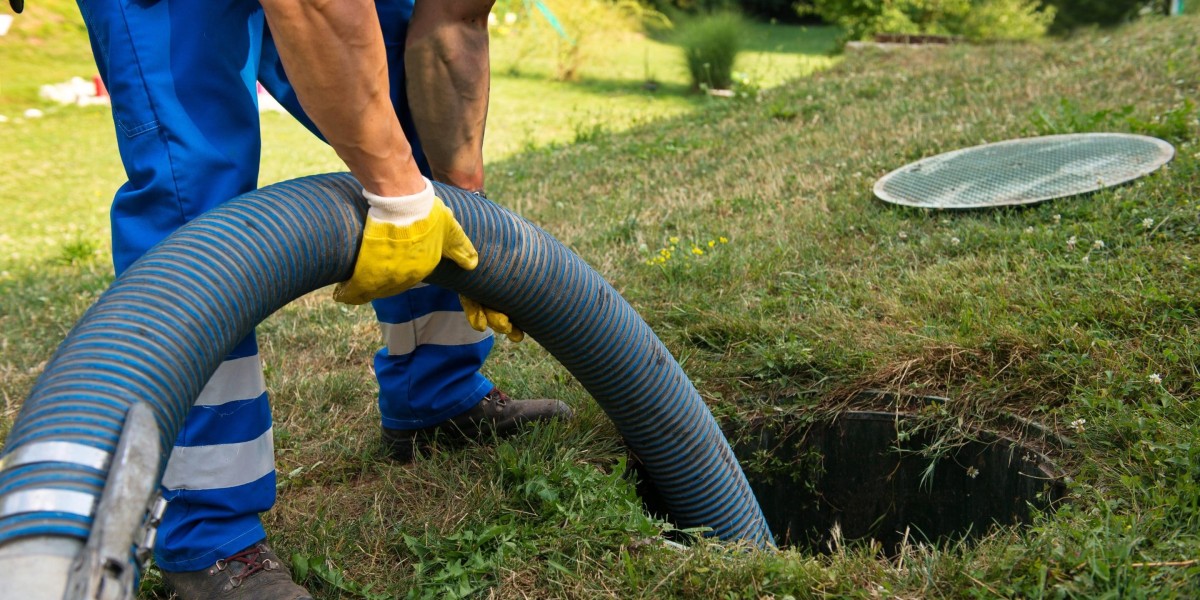When water refuses to disappear down your drain, the immediate impulse to become an instant plumber strikes almost everyone. Armed with determination and a plunger purchased during a previous crisis, homeowners across the country regularly embark on DIY drain-clearing missions often with more enthusiasm than expertise. This confidence frequently stems from persistent myths about drain blockages that continue circulating through neighborly advice and online forums. These misconceptions not only lead to ineffective solutions but can transform minor plumbing inconveniences into major structural disasters.
The allure of self-repair proves particularly strong when facing the seemingly simple nature of a blocked drain. After all, how complicated could a clogged pipe really be? This perception fuels a multi-million dollar industry of consumer-grade drain products promising miraculous results with minimal effort. Yet professional plumbers consistently report that DIY attempts often complicate their eventual interventions, sometimes turning straightforward blockages into complex repair scenarios requiring substantial reconstruction. Understanding the reality behind these persistent myths can save homeowners significant time, money, and structural headaches.
The Chemical Quick-Fix Fantasy
Perhaps no myth proves more pervasive or potentially destructive than the belief that powerful chemical drain cleaners represent a safe, effective solution for household blockages. Marketing campaigns reinforce the seductive simplicity: pour the liquid, wait briefly, and watch your drainage problems dissolve away. This perception of chemical cleaners as liquid plumbers fails to acknowledge their substantial limitations and significant risks.
The harsh reality reveals that these caustic products rarely resolve significant blockages completely. Their chemical action typically only creates a small channel through the obstruction rather than eliminating it entirely. This partial clearing creates a false sense of success while allowing the underlying blockage to quickly reform. More concerning, repeated applications progressively damage pipe materials—particularly older pipes constructed from materials not designed to withstand modern chemical formulations. The degradation occurs silently, invisible to homeowners, until catastrophic failures emerge months or years later.
The One-Solution-Fits-All Illusion
Another persistent myth suggests that all drain blockages respond to similar interventions that the plunger or auger that resolved your bathroom sink issue will work equally well for your kitchen or shower drain. This misconception fails to recognize that different drainage systems within homes face entirely different challenges based on their function, design, and common usage patterns.
Kitchen drains primarily battle grease accumulation and food particles requiring specialized approaches. Bathroom drains contend with hair and soap scum combinations that form uniquely tenacious blockages with different physical properties. Outdoor drainage systems face entirely different challenges involving soil infiltration, root intrusions, and structural shifts. Each scenario requires specific tools and techniques optimized for the particular blockage characteristics. The universal approach typically results in partially addressed problems that quickly return, creating a frustrating cycle of temporary improvements rather than lasting solutions.
The Myth of Harmless DIY Tools
Enthusiastic homeowners often believe that consumer-grade plumbing tools present no risk when used without professional training. This dangerous misconception overlooks how easily these implements can damage drainage systems when improperly applied. The standard drain auger (snake) seemingly straightforward in its operation can scratch or puncture pipes when forced through tight bends or used with excessive pressure. Even plungers, when applied with too much force, can damage seals or create pressure differentials that stress weak joints.
More concerning are the increasingly popular high-pressure water jets marketed to homeowners. These devices, when used without proper understanding of downstream conditions, can force blockages deeper into systems or damage compromised pipe sections. The perception that more force equals better results leads many DIY enthusiasts to escalate their interventions progressively, increasing the likelihood of creating structural damage that far exceeds the cost of professional intervention for the original blockage.
The Persistence of "Natural" Solution Myths
Countless online resources promote "natural" drain clearing methods involving household substances like baking soda, vinegar, salt, and boiling water. These approaches carry the appealing promise of environmental friendliness combined with household convenience. While these methods occasionally provide temporary relief for minor issues, the mythology surrounding their effectiveness greatly exaggerates their practical impact on significant blockages.
The classic baking soda and vinegar combination, for instance, creates an impressive foaming reaction that suggests powerful cleaning action. In reality, this chemical reaction produces water, sodium acetate, and carbon dioxide none particularly effective against stubborn blockages. The bubbling action, while visually satisfying, lacks the mechanical force or chemical properties necessary to dislodge or dissolve substantial obstructions. Similarly, boiling water while occasionally helpful for simple grease accumulations poses risks to certain pipe materials and does little against more common blockage compositions.
The Instant-Fix Expectation
Modern consumer culture has conditioned many homeowners to expect immediate solutions, creating the myth that legitimate drain clearance happens quickly or not at all. This misconception leads many DIY enthusiasts to abandon potentially effective approaches prematurely or, more dangerously, to escalate to increasingly aggressive methods when immediate results don't materialize. The reality of proper drain maintenance often involves sustained, patient approaches rather than dramatic instant transformations.
Professional drain specialists understand that certain cleaning methods require extended contact time to break down accumulated materials gradually. Enzymatic cleaners, for instance, work through biological processes that require hours rather than minutes to digest organic materials effectively. Even mechanical methods sometimes require progressive approaches, gradually addressing blockages in stages rather than through single forceful interventions. The expectation of immediate results drives many homeowners toward increasingly destructive methods when more measured approaches would ultimately prove more effective.
The Myth of Complete Blockage
Many homeowners operate under the assumption that drainage problems stem from complete physical blockages—solid masses entirely obstructing flow. This perception drives interventions focused on "punching through" obstructions rather than addressing the more common reality of progressive accumulation along pipe walls that gradually restricts flow diameter. This fundamental misunderstanding leads to intervention strategies that may temporarily restore partial flow without addressing the underlying accumulation issues.
Professional assessments frequently reveal that slow drainage results from progressive buildup reducing pipe diameter by 70-80%—not complete blockages. This distinction matters significantly for effective treatment, as different approaches target buildup versus obstruction. Methods that merely create channels through accumulation without addressing the surrounding buildup deliver only temporary relief before restrictions quickly return, creating frustrating cycles of recurring problems that could be resolved through more comprehensive professional cleaning.
The Geography-Neutral Drainage Myth
A particularly problematic misconception suggests that drainage challenges remain consistent regardless of location that the approaches effective in one geographic region will work equally well everywhere. This overlooks how significantly local factors influence both the nature of blockages and the appropriate intervention strategies. Cases of blocked drain Windsor illustrate this reality perfectly, as this region's distinctive combination of water chemistry, soil composition, and architectural traditions creates unique challenges requiring specifically adapted solutions rather than generic approaches.
Regions with hard water, for instance, battle mineral accumulation issues rarely seen in soft-water areas. Communities with mature tree canopies experience root intrusion problems that newer developments might never encounter. Areas with significant temperature fluctuations face expansion/contraction issues absent in more climatically stable regions. These geographical realities mean that advice that works perfectly in one location may prove not just ineffective but potentially damaging when applied elsewhere without consideration for local conditions.
The Professional Expertise Misperception
Perhaps the most consequential myth involves the perception that drain clearing requires minimal specialized knowledge—that with sufficient determination and basic tools, any homeowner can achieve results comparable to professionals. This fundamentally misunderstands the diagnostic expertise that skilled technicians bring to drainage issues. Professional intervention involves not merely physically clearing blockages but identifying underlying causes that, left unaddressed, ensure problems will quickly recur.
Skilled technicians recognize subtle indicators distinguishing simple blockages from systemic problems requiring more comprehensive intervention. They identify pipe material vulnerabilities that should influence cleaning method selection. Their trained assessment determines whether issues originate within property boundaries or connect to municipal system problems requiring different response protocols. This diagnostic dimension not merely the access to specialized equipment—often proves the most valuable aspect of professional intervention, preventing costly repetitive treatments by addressing root causes rather than symptoms.
Winding Up: Embracing Informed Intervention
Dispelling these persistent myths doesn't mean homeowners should never attempt basic drain maintenance—rather, it suggests approaching drainage issues with realistic expectations and appropriate caution. Understanding the limitations of DIY approaches creates more informed decisions about when to attempt self-clearing and when professional intervention represents the more prudent choice both financially and structurally.
The most effective homeowner approach involves preventative practices that minimize blockage formation rather than reactive interventions after problems develop. Regular cleaning with appropriate methods before drainage slows noticeably prevents the formation of stubborn accumulations that resist DIY treatments. Mindfulness about what enters drains—minimizing grease disposal, using hair catchers, and avoiding inappropriate materials remains the most powerful homeowner strategy for maintaining functional systems.
When blockages do occur, understanding these myths helps homeowners make more informed choices about appropriate first-level interventions. Gentle plunging for simple clogs, enzymatic treatments for organic matter accumulation, or properly sized augers for accessible blockages may resolve minor issues effectively. The key distinction involves recognizing when issues exceed DIY capacity—persistent problems, complete blockages, multiple affected fixtures, or unusual sounds and odors typically signal issues requiring professional assessment.
By moving beyond these pervasive myths toward a more nuanced understanding of drainage realities, homeowners can achieve the appropriate balance between self-sufficiency and professional intervention. This balanced approach ultimately delivers the most cost-effective long-term results, maintaining functional drainage systems without creating the additional damage that often results from misguided DIY attempts. In drainage maintenance, as in many aspects of home care, accurate information proves the most valuable tool of all—far more useful than the strongest chemical or the longest auger when applied with appropriate judgment about its practical limitations.










